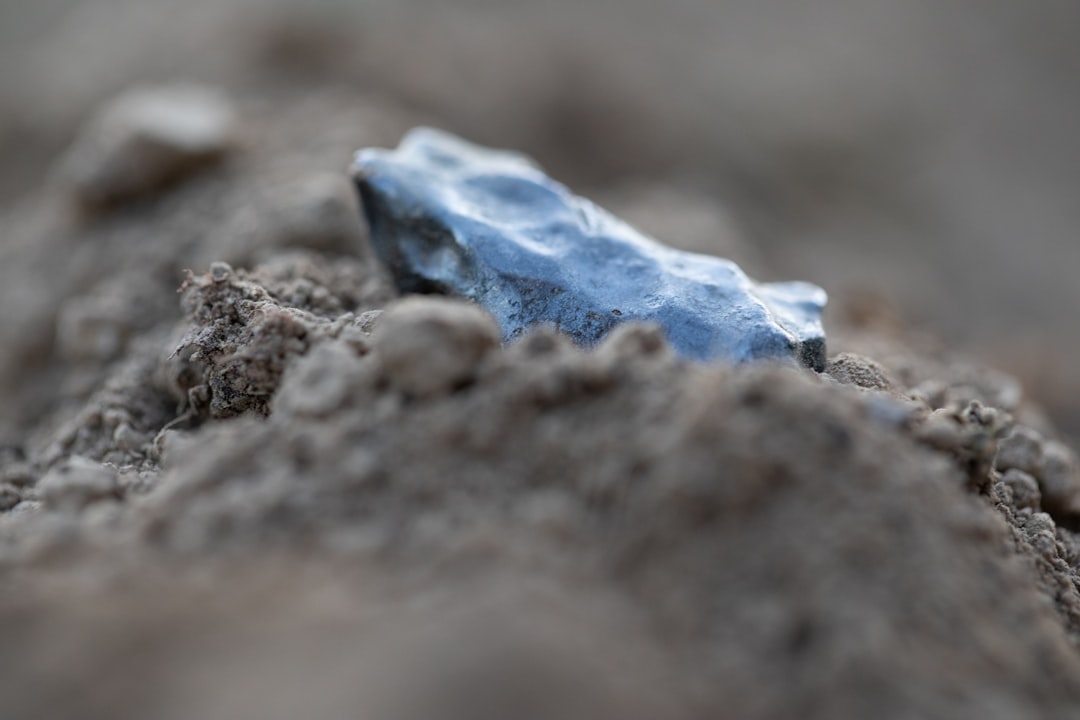What is it about?
Many prey animals disguise their appearance using drab color patterns that match their background. This helps vulnerable prey remain unnoticed by hungry predators. Alternatively, other species use contrasting colors to advertise themselves. This strategy is useful for prey that are toxic and distasteful. Many predators can avoid the risk of engaging with defended prey in favor of undefended prey by learning to associate specific colors with taste. In our study, we describe simple methods to alter the color and taste of small insect prey with relatively inexpensive tools like craft paint and bitter-tasting liquid. To test our methods, we tracked the foraging decisions of voracious jumping spiders when confronted with different types of manipulated prey. Our findings show that we can successfully decouple color and palatability. This will allow future experiments to test how these predators can differentiate between, and learn, colors in a variety of contexts.
Featured Image

Photo by Erik Karits on Unsplash
Why is it important?
Studying how predators interact with different types of prey has allowed scientists to make important discoveries about perception, learning, and communication across species. However, this work has mostly focused on eye-catching predators like birds and their comparatively sized prey. The vast majority of predator-prey interactions worldwide occur on a much smaller scale, such as under a leaf in your garden. The visual and learning abilities of these diverse but overlooked predators remain poorly characterized. Indeed, recent evidence suggests that some small invertebrate predators can respond to colors differently than birds or mammals. Our methods enable researchers and hobbyists to test the color learning abilities of their favorite species.
Read the Original
This page is a summary of: Methods for independently manipulating palatability and color in small insect prey, PLoS ONE, April 2020, PLOS,
DOI: 10.1371/journal.pone.0231205.
You can read the full text:
Contributors
The following have contributed to this page










